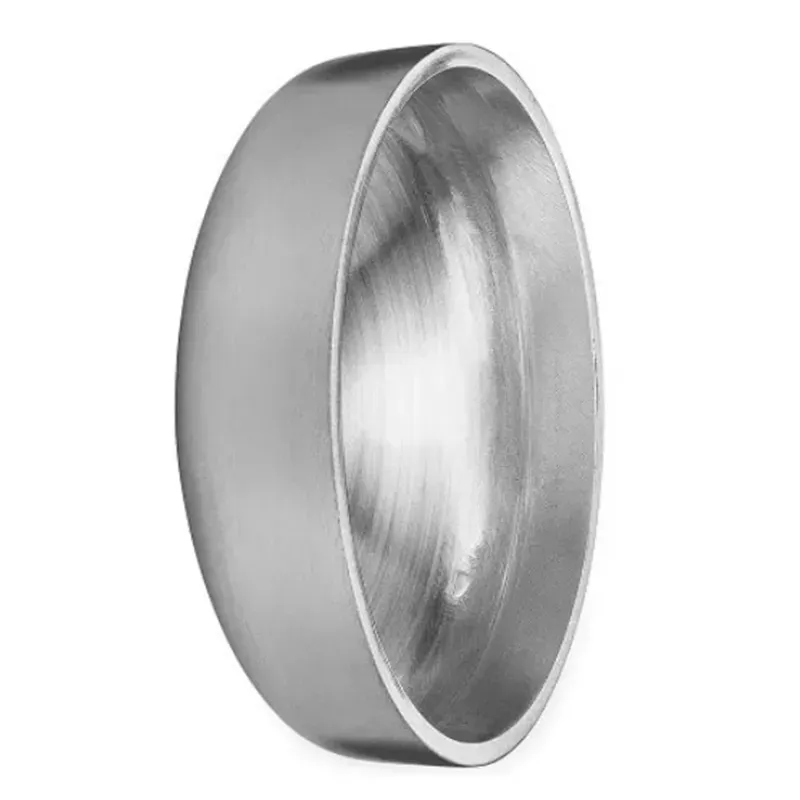-
Cangzhou Yulong Steel Co., Ltd.
-
Phone:
+86 13303177267 -
Email:
admin@ylsteelfittings.com
- English
- Arabic
- Italian
- Spanish
- Portuguese
- German
- kazakh
- Persian
- Greek
- French
- Russian
- Polish
- Thai
- Indonesian
- Vietnamese
- Zulu
- Korean
- Uzbek
- Hindi
- Serbian
- Malay
- Ukrainian
- Gujarati
- Haitian Creole
- hausa
- hawaiian
- Hebrew
- Miao
- Hungarian
- Icelandic
- igbo
- irish
- Japanese
- Javanese
- Kannada
- Khmer
- Rwandese
- Afrikaans
- Albanian
- Amharic
- Armenian
- Azerbaijani
- Basque
- Belarusian
- Bengali
- Bosnian
- Bulgarian
- Catalan
- Cebuano
- China
- China (Taiwan)
- Corsican
- Croatian
- Czech
- Danish
- Esperanto
- Estonian
- Finnish
- Frisian
- Galician
- Georgian
- Kurdish
- Kyrgyz
- Lao
- Latin
- Latvian
- Lithuanian
- Luxembourgish
- Macedonian
- Malgashi
- Malayalam
- Maltese
- Maori
- Marathi
- Mongolian
- Myanmar
- Nepali
- Norwegian
- Norwegian
- Occitan
- Pashto
- Dutch
- Punjabi
- Romanian
- Samoan
- Scottish Gaelic
- Sesotho
- Shona
- Sindhi
- Sinhala
- Slovak
- Slovenian
- Somali
- Sundanese
- Swahili
- Swedish
- Tagalog
- Tajik
- Tamil
- Tatar
- Telugu
- Turkish
- Turkmen
- Urdu
- Uighur
- Welsh
- Bantu
- Yiddish
- Yoruba

Oct . 12, 2024 09:42 Back to list
metal water pipe
The Impact of Metal Water Pipes on Water Quality and Infrastructure
Water is an essential resource that supports all forms of life, and the infrastructure through which it is delivered plays a crucial role in ensuring its quality. Among the various materials used in plumbing, metal water pipes have been a standard choice for decades. This article explores the advantages, concerns, and the ongoing discussion surrounding the use of metal pipes in water distribution systems.
Traditionally, metal pipes, especially those made from copper and galvanized steel, have been favored in residential and commercial plumbing applications due to their durability and longevity. Copper pipes are known for their resistance to corrosion and ability to withstand high pressures, making them suitable for both hot and cold water systems. Galvanized steel, coated with zinc, was once widely used due to its strength and availability.
One significant advantage of metal pipes is their structural integrity. They can handle heavy loads and fluctuations in temperature without compromising their shape or performance. Additionally, metal pipes have a higher resistance to punctures and leaks compared to plastic alternatives, which can be beneficial in preventing extensive water damage.
metal water pipe

However, the use of metal pipes is not without its challenges. One of the main concerns is related to corrosion, which can lead to the leaching of harmful metals into the water supply. For instance, galvanized steel can corrode over time, particularly in areas with acidic water. Such corrosion can introduce lead and other toxins into drinking water, posing significant health risks to consumers. Moreover, copper pipes, while less prone to corrosion, can still lead to elevated copper levels if water is left stagnant in the pipes for extended periods.
Another critical aspect of metal water pipes concerns their impact on water quality. Some studies have suggested that metal pipes can impart a metallic taste to water, which may not only be unappealing but could also indicate potential contamination. To address these issues, many municipalities have begun replacing old metal pipes with modern alternatives, such as high-density polyethylene (HDPE) or cross-linked polyethylene (PEX) pipes, which are less prone to corrosion and are more flexible.
Despite these shifts in public infrastructure, metal pipes still hold a prominent place in plumbing systems. For many homeowners, the reliability and historical performance of metal pipes are hard to overlook. Moreover, the industry is continually developing new coatings and treatments to enhance the longevity and safety of existing metal pipes.
In conclusion, while metal water pipes contribute significantly to the durability and integrity of plumbing systems, it is vital to consider their potential impacts on water quality and safety. With ongoing advancements in pipe materials and technologies, the goal should be to strike a balance between reliability and health considerations. As communities aim to modernize their water infrastructure, informed discussions about the best materials for safe, quality water delivery will be paramount for ensuring public health and environmental sustainability.
Latest news
-
ANSI 150P SS304 SO FLANGE
NewsFeb.14,2025
-
ASTM A333GR6 STEEL PIPE
NewsJan.20,2025
-
ANSI B16.5 WELDING NECK FLANGE
NewsJan.15,2026
-
ANSI B16.5 SLIP-ON FLANGE
NewsApr.19,2024
-
SABS 1123 FLANGE
NewsJan.15,2025
-
DIN86044 PLATE FLANGE
NewsApr.19,2024
-
DIN2527 BLIND FLANGE
NewsApr.12,2024
-
JIS B2311 Butt-Welding Fittings LR/SR 45°/90° /180°Seamless/Weld
NewsApr.23,2024











